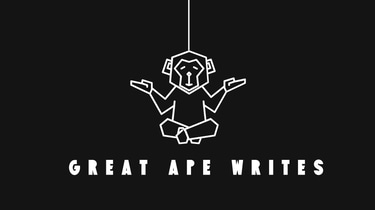Why Brands Use Brain Rot Memes in Ads | Marketing Trends
Discover why companies are using brain rot memes in ads. Explore how meme ads, mind rot humor, and chaotic content are reshaping digital marketing.
MARKETING INSIGHTS
5/10/20253 min read
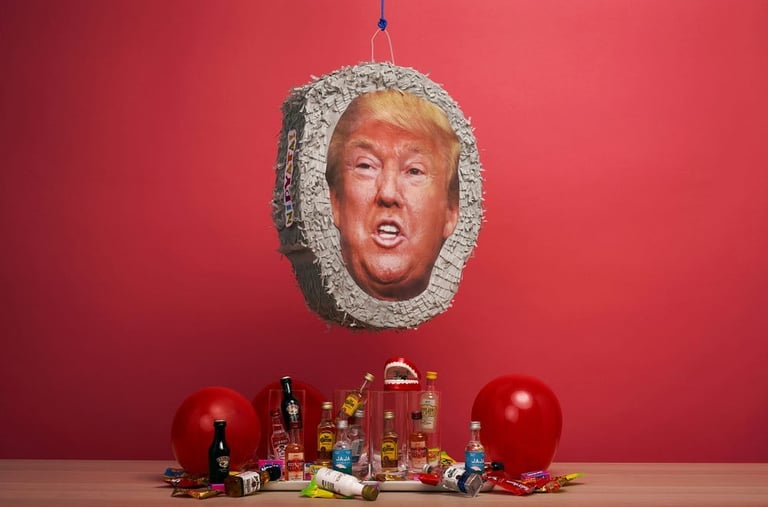

It was just another day, doomscrolling through reels as usual, when I stumbled upon this random mobile ad that I can't even describe in words.
To put it simply, a man is sitting on the couch CHEATING ON HIS PREGNANT WIFE IN FRONT OF HER; the guy throws juice at the floor so she could start cleaning, which she did somberly, and guess what? He starts laughing at her. While this is happening, a group of 1000 ZOMBIES IS WAITING OUTSIDE THEIR HOUSE!
I know it sounds like gibberish that a 6-year-old would make up when they forget to do their homework, but it's real.
Here’s a photo for context if you still doubt me –
(Screenshot from a YouTube video by The Beak, used for commentary purposes)
I might sound like a boomer right now, but I'm struggling to keep up with these trends, man, especially the brain rot stuff.
But then it clicked — the main purpose of creating brainrot ads like these is relatability.
Think about it: all of us are terminally online today. No matter how old you are, from kids watching “Top 10 Rizzler Moments” to older people believing that an AI cat is speaking Spanish while boxing, we can't help but doomscroll and watch stuff that honestly feels like mind rot.
And what’s the first thing we do while we’re at it? We send these videos to our friends. “I feel personally attacked' meme”—right?
That’s where these weird ad memes win. These videos aren’t just cringe for the sake of it —they’re part of a strategy. They tap into the meme soundboard of Gen Z's brain and hit “share-worthy” at just the right note.
These meme ads seem like just another random reel you'd watch for 5 seconds and laugh at. And that’s the genius — you don’t feel like a brand is selling you something. Instead, it feels like a friend sending you a meme in an ad group chat.
And because the average attention span has shrunk to the size of a TikTok video, this style of using memes for marketing is becoming more common.
That said, not every attempt works.
Take Walmart's recent “Skibidi Ohio Rizz” ad. Yes, that’s exactly what they said. It’s a classic example of an advertising meme gone wrong — it felt forced, cringy, and far from funny.
(Screenshot from a YouTube video by Greg Renko, used for commentary purposes)
Using relatable content in ads isn't new. In fact, ad memes have been around for decades — it’s just that the format has evolved.
Here's a fascinating blog by Michelle Mire on Superside about how to use memes in advertising
One brand that's doing it right? KFC UKI. Their ads aren’t high-budget masterpieces. They’re just random, low-effort shitposts that land so well because they understand the audience. They're not trying to sound clever. They’re just being funny, and that’s why people share them and they go viral.
(Screenshot from a YouTube video by The Beak, used for commentary purposes)
In my opinion, as Gen Z gradually becomes the main consumer demographic, traditional ads with deep plots are taking a backseat. In their place, we have chaotic, fast-paced content, filled with brain rot humor, leading the pack.
Does this mean you should give up on thoughtful ads?
Not really.
It means brands should experiment more. Try memes. Try chaos. Try weird. See what sticks.
Because in 2025, creative wins. Always has. Always will.
Big shoutout to The Beak for inspiring me with this blog. Check out his video on Brain Rot ads by clicking Here. Trust me, it's very funny.
So, that’s my take on the rise of brainrot ads.
What do you think? Are brands pushing it too far with memes in ads, or is this just the beginning of a new wave of advertising meme culture?
Let me know your thoughts in the comments. I might be wrong. Or I might just be suffering from some mind rot too.
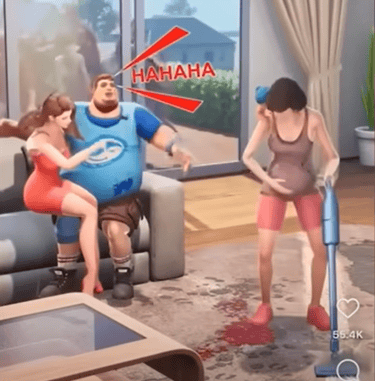

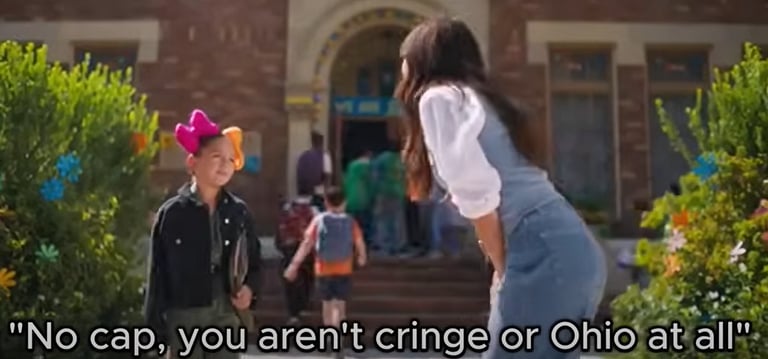

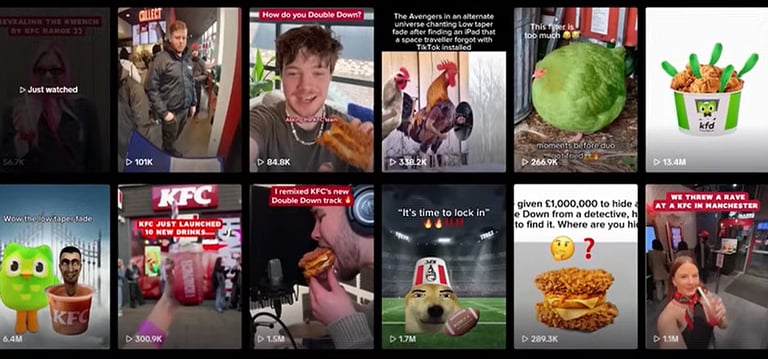

Connect
greatapewrites@gmail.com
